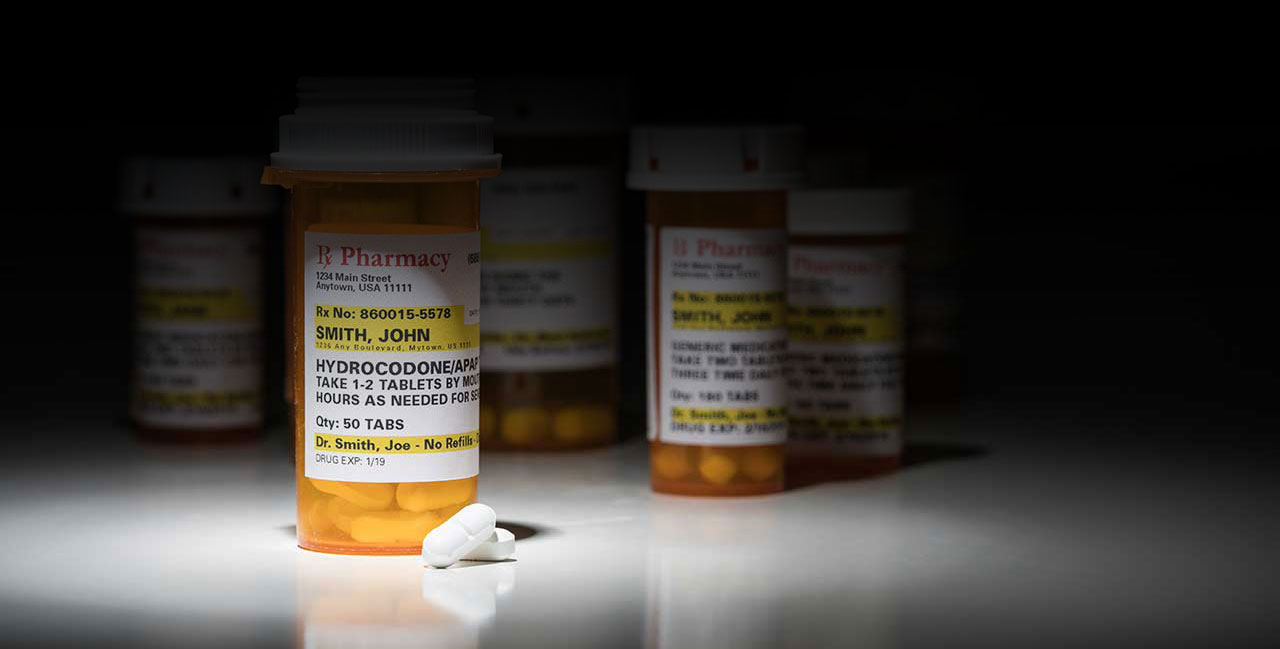Understanding the duration of hydrocodone’s presence in the urine is crucial for individuals undergoing medical treatment, facing medical tests, or seeking information about the detoxification process. This article provides an in-depth analysis of hydrocodone’s impact on the body, factors affecting its detection time, and implications for health and legal matters.

Overview: Usage and Effects
Hydrocodone, a potent opioid, is often prescribed for managing severe pain. It works by binding to opioid receptors in the brain, altering pain perception and emotional responses. While effective for pain relief, its potential for dependence and misuse is a significant concern.
Detection Time of Hydrocodone in Urine
The primary focus is the detectability of hydrocodone in urine. Generally, the drug is detectable in urine for up to three days after the last dose. However, this timeframe can vary based on several factors.
Factors Influencing Hydrocodone Detection in Urine
- Dosage and Frequency: Higher doses and frequent usage can prolong the detectability.
- Metabolism Rate: Individuals with faster metabolism may process hydrocodone more quickly, reducing its detection period.
- Body Mass and Health: Body composition and overall health impact how long hydrocodone stays in the system.
- Age: Older individuals often have a slower metabolism, which can extend the detection window.
- Hydration and Diet: Hydration levels and diet can influence the rate at which the drug is excreted.
Health Implications and Risks
Understanding the duration of hydrocodone in urine is critical for patient safety, particularly in managing potential side effects and avoiding interactions with other medications. Overuse or misuse of the drug poses significant health risks, including dependence and life-threatening respiratory depression.
Legal and Employment Considerations
The detection is also relevant in legal and employment contexts. Individuals subject to drug testing should be aware of hydrocodone’s detectability to avoid unintended legal and professional consequences. In summary, various factors influence the detectability in urine, typically up to three to four days.
Awareness of these factors is essential for managing health risks and navigating legal and employment scenarios involving drug testing. For those prescribed the drug, it is crucial to follow medical guidance to avoid health complications and legal issues.
The blow infographic by addictionblog.org may also be beneficial as it shows the urine, saliva, hair, and blood detection times.

Find a Drug Detox Center
Furthermore, if you have a problem with drug or alcohol addiction, you should not have to worry any longer. This guide lets you find a drug detox center near you and begin your recovery journey. Finally, Oasis Detox is the perfect place to start the detox process. With our dedicated team of specialists, you’ll be in the right hands for your alcohol or drug detox. Contact us today if you are in the Los Angeles area and want to get help.




